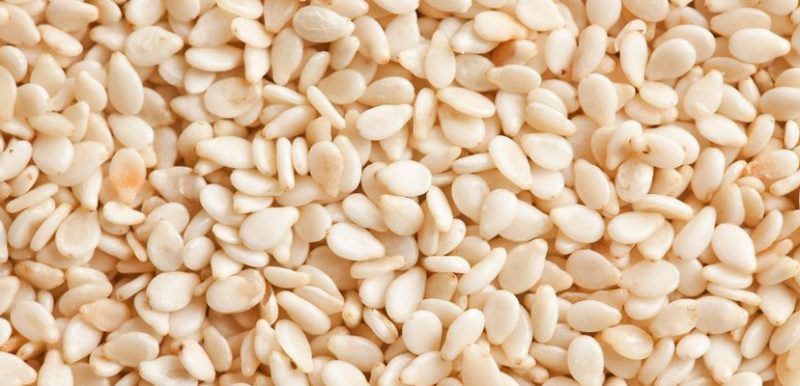Sesame allergies are on the rise and reactions tend to be severe. In many cases full-blown anaphylaxis is experienced from eating sesame products.
Sesame is currently listed as a priority allergen with the European Union and Canada. It is not yet considered a top allergen in the United States, so food manufacturers do not need to declare sesame on product labels. Extra care must be exhibited, as sesame can still be hidden as “tahini”, “spices” or “natural flavouring” on labels.
ALSO KNOWN AS:
- Benne, benne seed and benniseed
- Gingelly and gingelly oil
- Seeds (Note that any package listing generic “seeds” is often referring to sesame seeds)
- Tahini (sesame paste)
- Sesamol and sesamolina
- Sesamum indicum
- Sim sim
- Til
COMMON FOOD SOURCES OF SESAME SEEDS:
- Bread (for example, bagels, hamburger buns, multi-grains), bread crumbs and sticks, cereals, crackers, melba toast and muesli
- Dips and spreads, for example, hummus, chutney
- Ethnic foods, for example, flavoured rice, noodles, shish kebabs, stews and stir fries
- Sesame oil, sesame salt (gomasio)
- Tahina
- Tempeh
- Vegetarian burgers
- Snack foods, for example, crackers, sesame snap bars
NON-FOOD SOURCES OF SESAME:
- Adhesive bandages
- Cosmetics, hair care products, perfumes, soaps and sunscreens
- Drugs
- Fungicides and insecticides
- Lubricants, ointments and topical oils
- Pet food
- Sesame meal, for example, poultry and livestock feed

